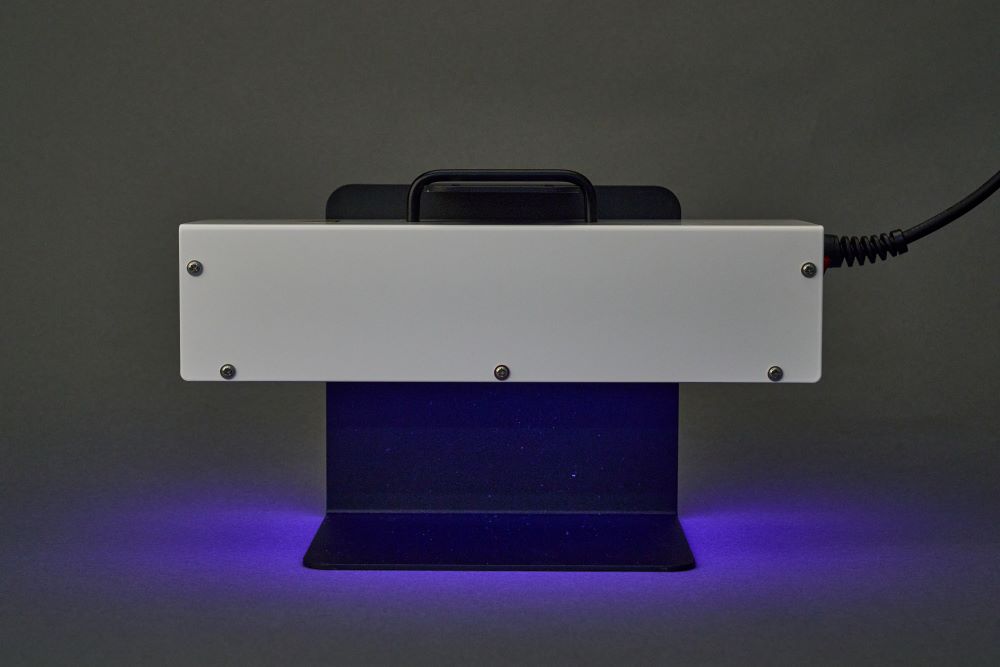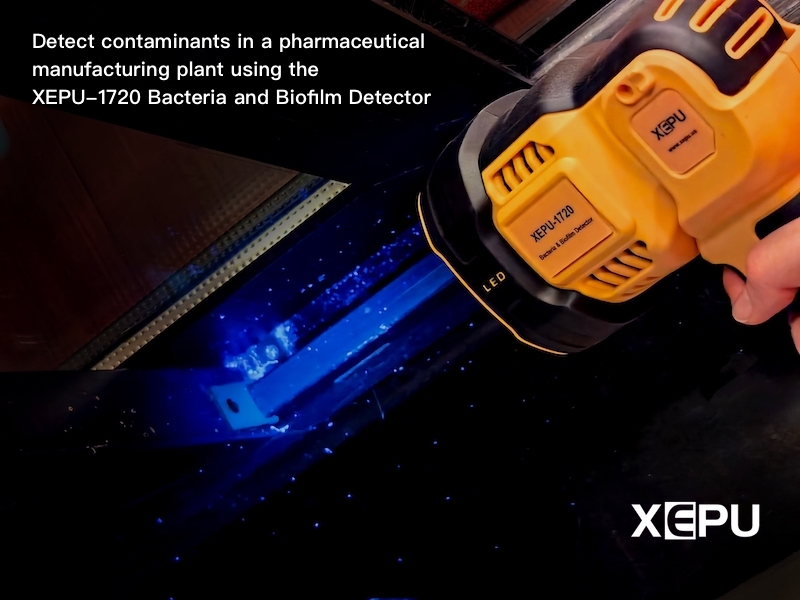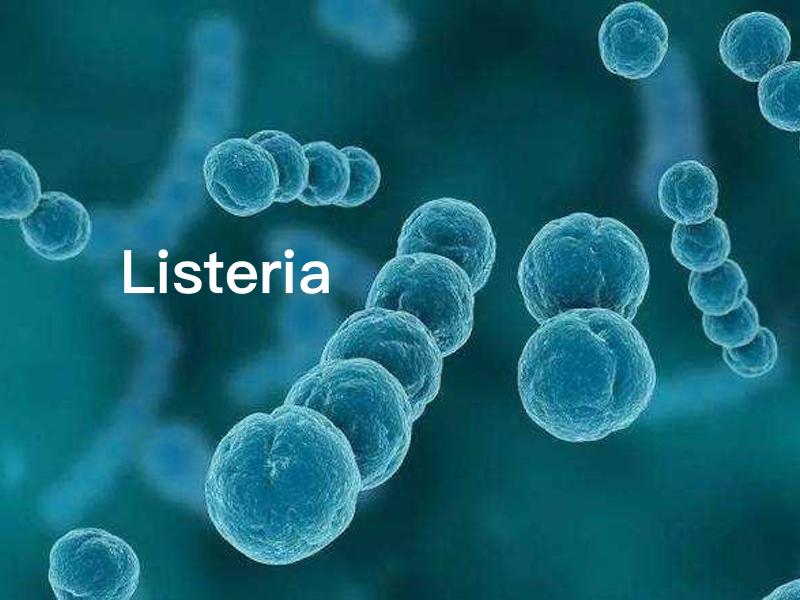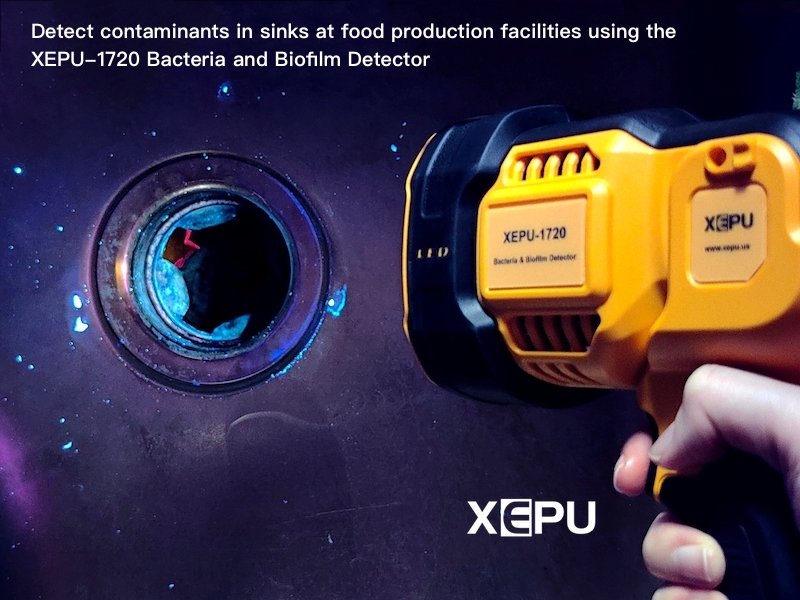Applications of Three-Wavelength Handheld UV Lamps
Applications of Three-Wavelength Handheld UV Lamps
UV lights are also called ultraviolet lights and black lights. In the disinfection industry, they are also called ultraviolet disinfection lights and ultraviolet germicidal lights.
Noramally, UV lights are divided into three types: UV-A, UV-B and UV-C.
UV-A Wavelength
Wavelength 320 ~ 400nm, also known as long-wave black spot effect ultraviolet. It has strong penetrating power and can penetrate most transparent glass and plastics. More than 98% of the long-wave ultraviolet rays contained in sunlight can penetrate the ozone layer and clouds to reach the surface of the earth. UVA can directly reach the dermis of the skin, destroy elastic fibers and collagen fibers, and tan our skin. The 365nm wavelength UVA ultraviolet rays conform to the phototaxis response curve of insects, and can be used to make insect trap black light lamps. UVA ultraviolet rays with a wavelength of 300-420nm can pass through a special colored glass tube that completely cuts off visible light, and only emits near-ultraviolet light centered at 365nm. The commonly known black light lamp can be used for ore identification, stage decoration, currency verification and other places.
UV-B Wavelength
Wavelength 275~320nm, also known as medium wave erythema effect ultraviolet rays. Medium penetration, its shorter wavelength part will be absorbed by the transparent glass, most of the medium-wave ultraviolet contained in sunlight is absorbed by the ozone layer, and only less than 2% can reach the surface of the earth, which is particularly strong in summer and afternoon. UVB ultraviolet rays have erythema effects on the human body, can promote mineral metabolism and the formation of vitamin D in the body, but long-term or excessive exposure will cause the skin to tan and cause redness and peeling. The ultraviolet health care lamp and the plant growth lamp are made of special transparent purple glass (not transmitting light below 254nm) and phosphor with a peak near 300nm.
UV-C Wavelength
Wavelength 200~275nm, also known as short-wave sterilization ultraviolet, which is mainly used for sterilization. Its penetrating ability is the weakest, unable to penetrate most of the transparent glass and plastic. The short-wave ultraviolet rays contained in sunlight are almost completely absorbed by the ozone layer. Short-wave ultraviolet rays are very harmful to the human body. Short-term exposure can burn the skin, and long-term or high-intensity exposure can cause skin cancer. The ultraviolet germicidal lamp emits short-wave UVC ultraviolet rays.
Figure below: Three-Wavelength Handheld UV Lamps XEPU-1338LMS attached to a stand for hands-free, stationary illumination





